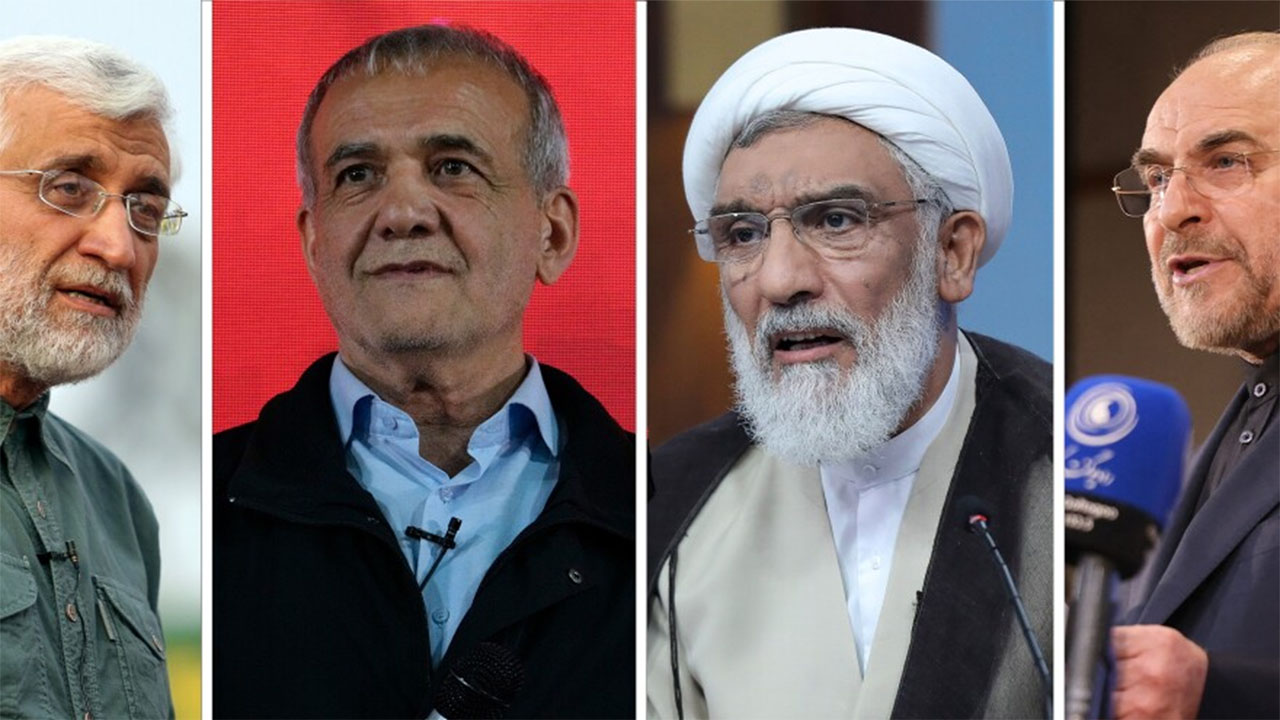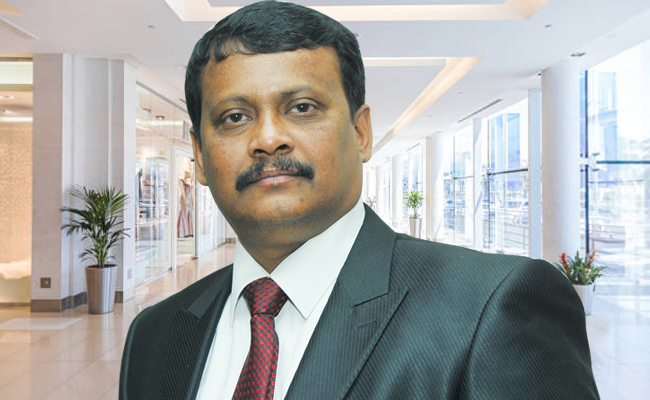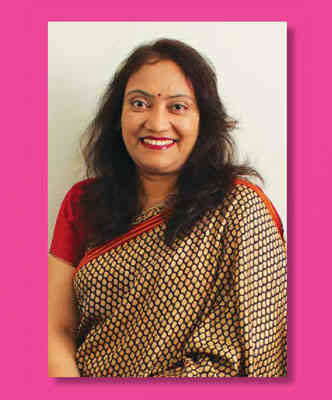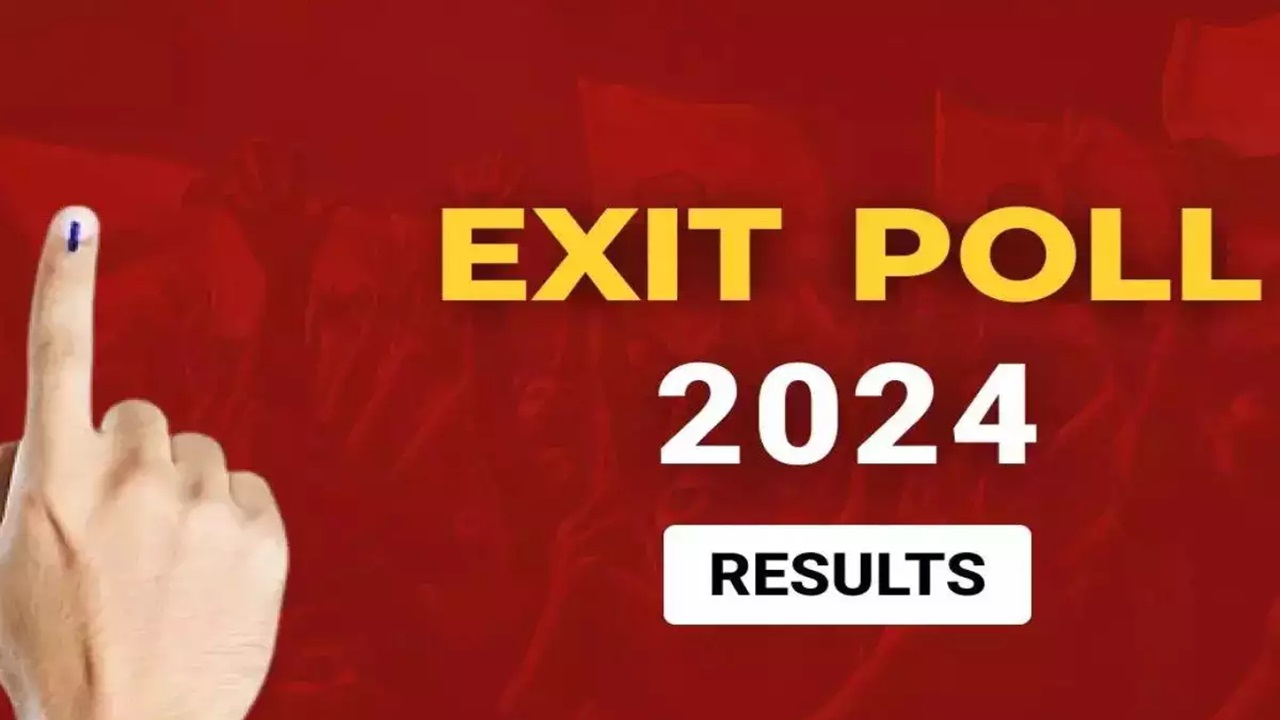
Iranians vote for a new president after Raisi’s death in a helicopter crash.
· The election is unlikely to change policies but may influence Khamenei’s succession.
· Recent elections have seen low turnout, reflecting public dissatisfaction.
· Regional tensions are escalating due to the war in Gaza.
On Friday, Iranians went to the polls to elect a new president, following the tragic death of Ebrahim Raisi in a helicopter crash. The election comes at a critical time, with growing public frustration and mounting Western pressure over Iran’s nuclear program. Four candidates, all loyal to the supreme leader, are vying for the position, amidst escalating regional tensions.
Background and Regional Tensions
The election is taking place against the backdrop of increasing regional conflict, particularly the ongoing war between Israel and Iran’s allies Hamas in Gaza, and Hezbollah in Lebanon. Additionally, the West has intensified its scrutiny of Iran’s rapidly advancing nuclear program. Although the election is not expected to significantly alter Iran’s policies, the results could influence the succession of the 85-year-old supreme leader, Ayatollah Ali Khamenei.
Supreme Leader’s Call for High Turnout
Supreme Leader Ayatollah Khamenei emphasized the importance of voter turnout to legitimize the government amidst economic hardships and restrictions on political freedoms. He urged citizens to participate, stressing that the nation’s strength and dignity depend on it. “High turnout is a definite necessity,” Khamenei declared on state television after casting his vote.
Election Dynamics and Candidates
The next president will not likely shift Iran’s stance on its nuclear program or regional policies, as Khamenei holds ultimate authority. However, the president will manage day-to-day governance and can influence domestic and foreign policy tone.
A hardline watchdog, comprising six clerics and six jurists aligned with Khamenei, vetted the candidates. Only six of the initial 80 were approved, with two hardliners subsequently withdrawing.
The Contenders: Hardliners and a Moderate
The remaining candidates include three hardliners and one moderate. Mohammad Baqer Qalibaf, the parliament speaker and former Revolutionary Guards commander, and Saeed Jalili, a former nuclear negotiator, are prominent among the hardliners. The sole moderate, Massoud Pezeshkian, is a less prominent figure, backed by the reformist faction that has seen diminished influence in recent years.
Criticism and Declining Turnout
Critics argue that declining voter turnout, evidenced by just 48% participation in the 2021 presidential election and a record low of 41% in the recent parliamentary election, signals eroding legitimacy of the clerical regime. State television, however, showed queues at polling stations in several cities. Polls were scheduled to close at 6 p.m. but were expected to stay open until midnight, with results announced on Saturday.
Election Outcomes and Potential Run-Off
If no candidate secures more than 50% of the votes, a run-off between the top two candidates will be held the following Friday. All candidates have promised to address economic challenges, including mismanagement, state corruption, and sanctions re-imposed by the U.S. after withdrawing from the 2015 nuclear deal.
Diverse Perspectives and Election Impact
Supporters of the hardliners emphasize their focus on justice and fighting corruption, while Pezeshkian advocates for economic reform and social liberalization. Despite his moderate stance, Pezeshkian maintains loyalty to Iran’s theocratic rule, advocating for changes within the system.
Public Sentiment and Hashtag Activism
The public sentiment is mixed, with some viewing Pezeshkian as a bridge between traditional and liberal thoughts. However, many Iranians are skeptical about the election’s impact, with hashtags like #ElectionCircus trending on social media, reflecting calls for boycotts and disillusionment with the political system.
The Legacy of Protests and Future Outlook
The recent protests, sparked by the death of Mahsa Amini in police custody, have left deep scars. Over 500 people, including 71 minors, were killed, and thousands were arrested. The memory of these events looms large, influencing public sentiment and participation in the election.
As Iranians cast their votes, the outcome remains uncertain, but the election underscores the ongoing struggle for legitimacy and reform within the Islamic Republic.
(With inputs from agencies)







